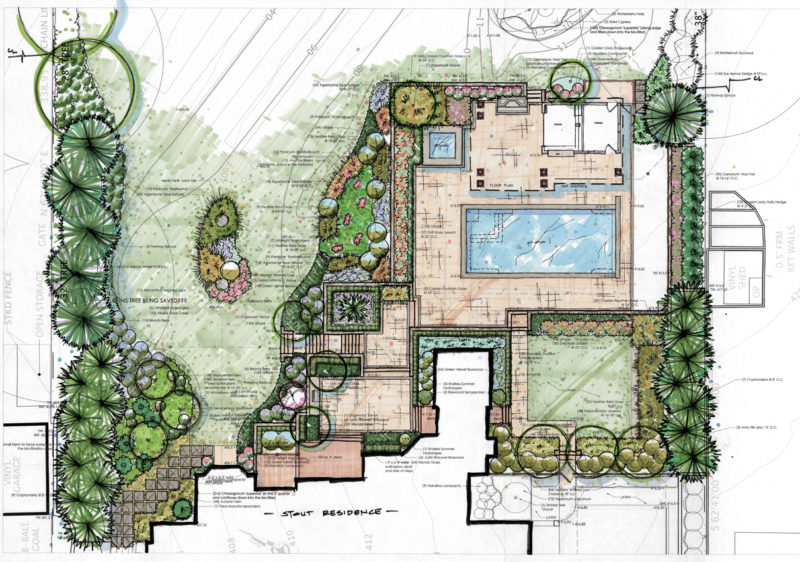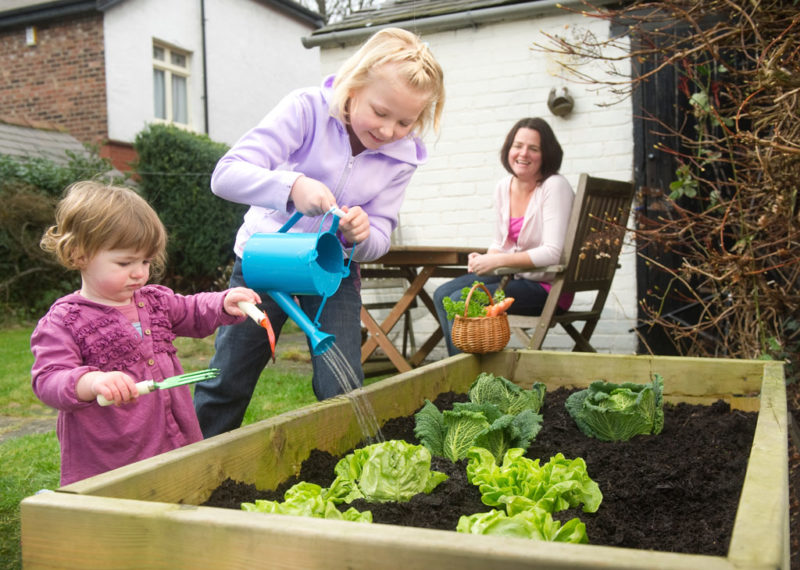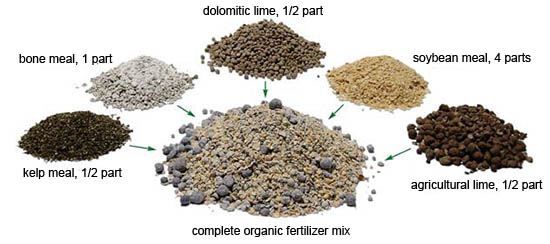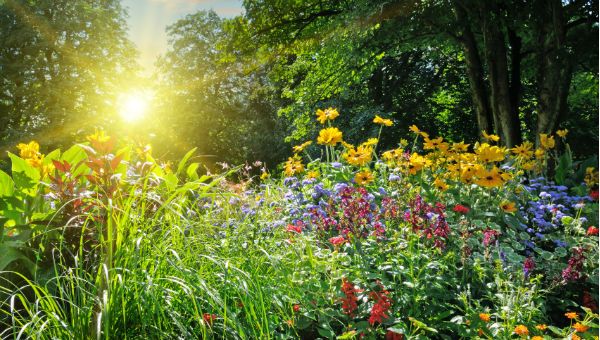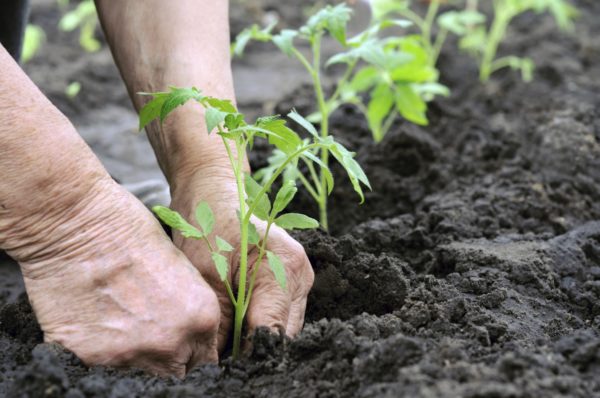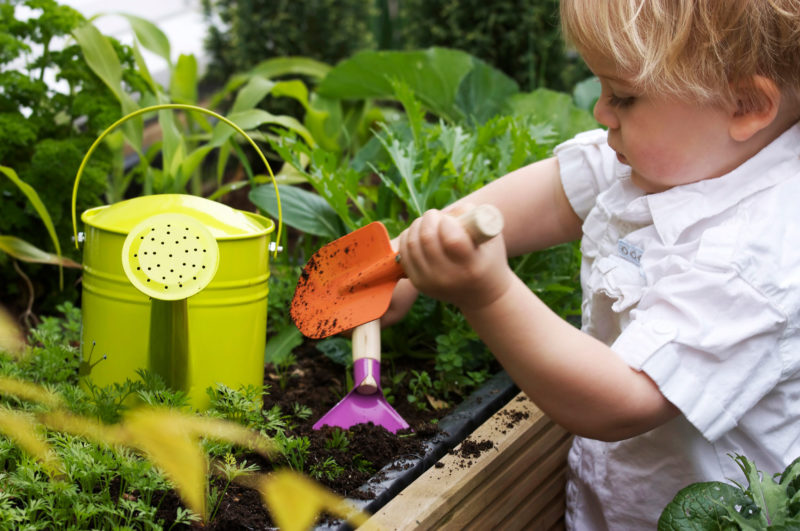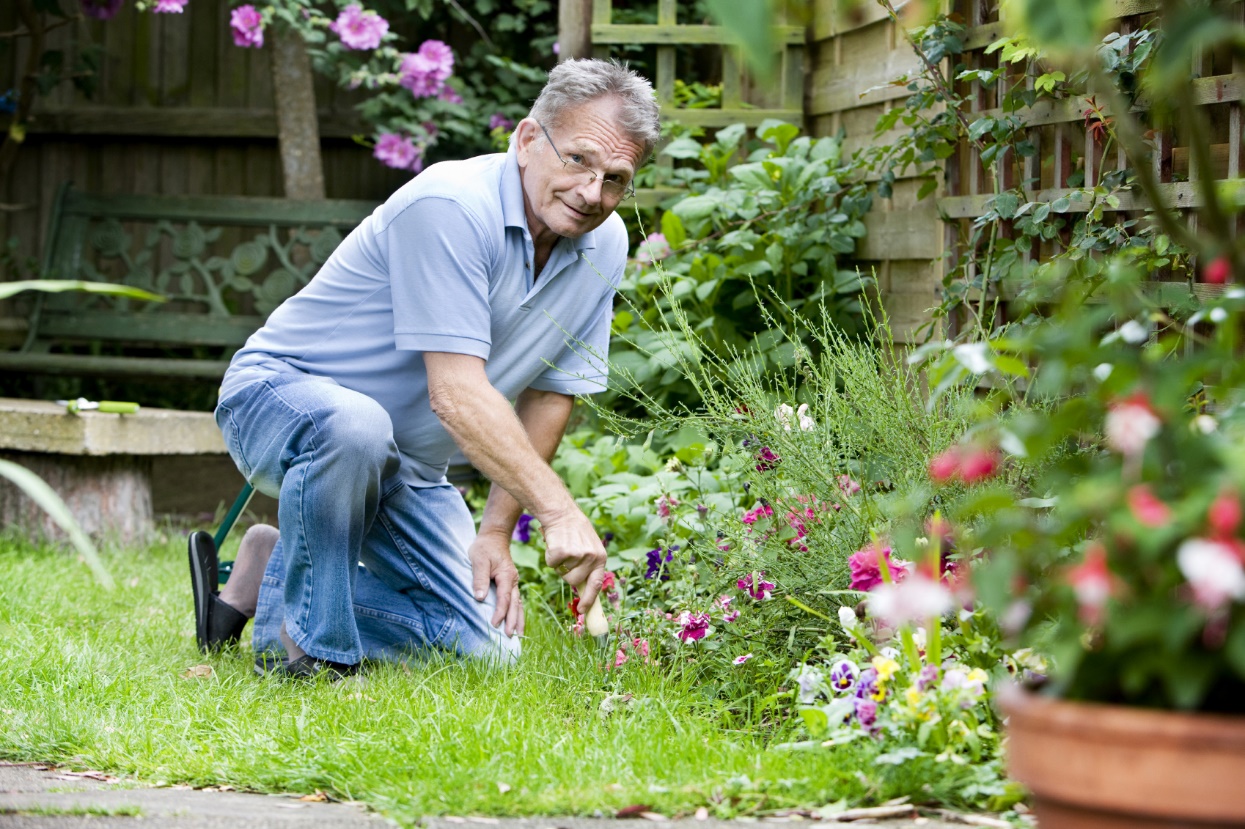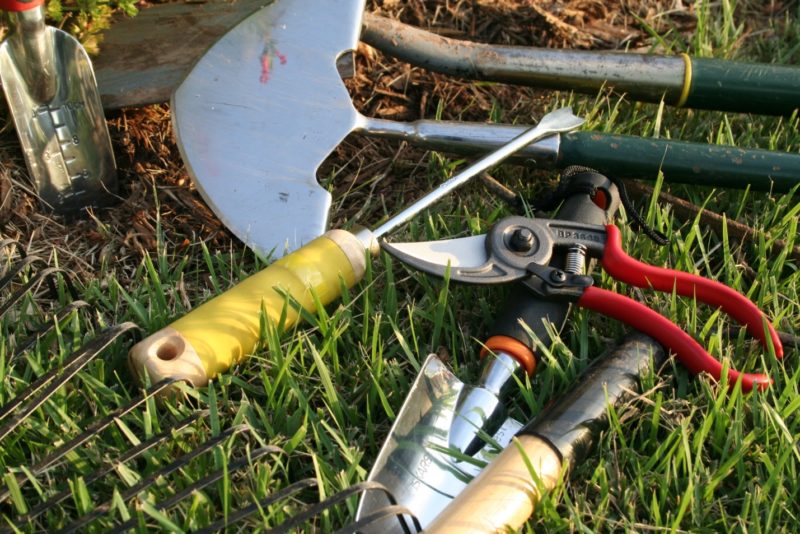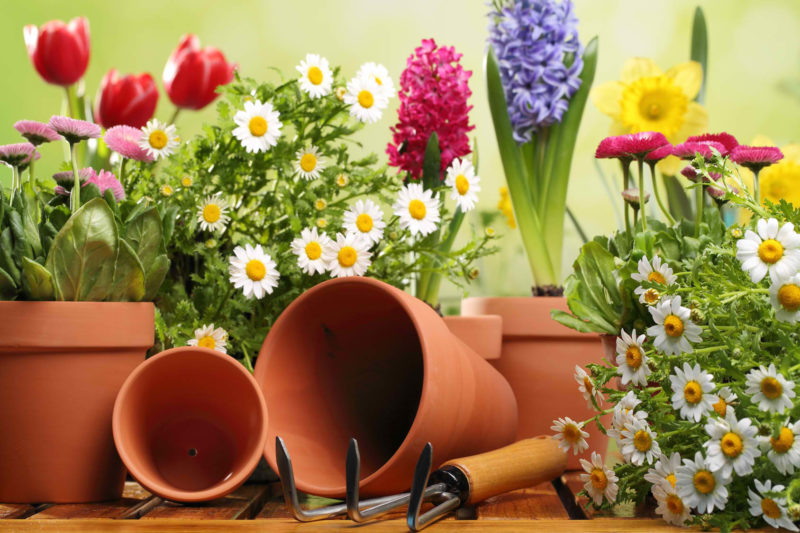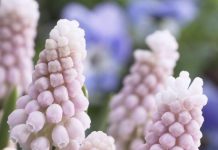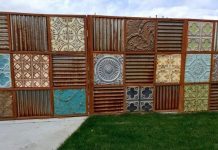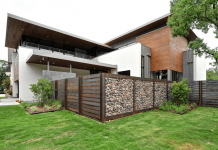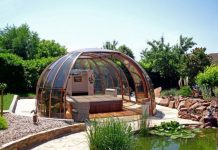Landscape design is a budding trend, be it in a mass urban setting, or in the very private gardens of your homes. Trained professional in botany, and landscape architecture collaborate to create the best visual and functional aesthetics, that go ahead to define the characteristics of space, itself. It is a time-honored profession, and needs to be understood in order to be actually implemented. Beginners, and amateurs might want to delve their hand in the art of gardening, but should be well aware that it is not as easy as digging up some soil, and shoving in a sapling – it is much more than that. Landscape, and gardening is about putting in roots, and raising them up to be tall, beautiful, trees, or plants. It is hard work, and requires a lot of patience, so in this article, we would be elaborating on best gardening tips for all the beginners out there.
1. Planning
You can never set out to plan a garden without proper planning. You have to think about the various locations in your garden, and the delicate proclivity of the plant, how much light would cover the area, and if too much in a certain location would cause a stunted growth. All of this has to be properly mapped out, and only after that, you could choose where to start planting the seeds, or saplings. Other than that, you can also map out where you want the flower beds, and how you would want to place your hardscaping in a paper mick up, so that you would not end up planting anything on the wrong side.
2. Embracing The Vernacular
Do not try your hand at growing complicated plants on your very first try. These take years, and years of experience to manipulate into a certain type of growth. Instead, try to find the indigenous species of your area, and grow them out in an easy, uncomplicated fashion. Local plant life is stimulated well by the indigenous climate, and responds well to the changes in light, and location, so for a beginner, it would be a nice first venture.
READ ALSO: 5 Steps To Design A Successful Garden
3. Testing Your Soil
The texture, and pH scale of your solid would determine how well your plants would grow in any given space. What you can do is, collect a sample of your garden soil, and take it to the local nursery, where experts would inform you on the levels of nutrients, acidity, or alkalinity of your soil, and would recommend the right fit of plants for such an environment, where they would thrive. If you want to do everything on your own, then you could always get your hands on a DIY soil testing kit, which would be easily available from any Home Depot, or Lowes near your home.
Quick Tip: Experts recommend that the soil be easily shove able, and should crumble in your hands.
4. Fertilizing
You have to keep check on how much fertilizing is too much fertilizing. Most plants usually needs an ordinate amount of nitrogen to grow in a healthy, and rigorous fashion. But if you underestimate the amount of nitrogen, they refuse to thrive. Similarly, if you up the intake of high-nitrogen fertilizer too much, it may end up acting as a steroid for your plants – they would show thriving growth patterns, but would refuse to bloom, in the end.
5. Knowing Your Sun Path
Anyone who’s studied grade general science would know that it is usually impossible for plants to grow out without the help of sunlight – and in the case of gardening, it is impossible for them to grow out without proper lighting. So while you’re working on a plan of action, make sure that you know your local sun path – fro, east, to west – so you might know the prime position of planting, such that your plants get the best of sunlight. In the areas above the equator, prime location would be east, and south, while in the areas below the equator, north, and west, would be the best.
READ ALSO: 10 Beautiful Ideas To Decor Gardening Zones
6. Knowing the Difference Between Deep and Shallow
You have to be aware of the difference between digging your seed too deep, or too shallow when you decide to plant. If it is too close to the surface, it would dry out when it reaches the top, but if your plant it too deep, then it might tire out, and never grow out to the surface. The perfect balance is essential, otherwise, the seed would never grow.
7. Starting Out Small
With little to no experience, starting out on a big project would be quite a formidable feat – not only would you be setting yourself out to fail, but you could potentially destroy an already suitable arena for future play. So, when you’re just starting out your gardening, make sure that you start out small, so you wouldn’t end up making a commitment that would cost you too much money, and for naught.
8. Watering
Like sunlight, water is another essential component of raising plants, but you have to be moderate about whether you water your plants too much, or too little. Too much watering could end up causing damage to the roots, and your sapling would shrivel up without even growing, and too little watering could cause your sapling to dry out.
9. Simplicity Over Aesthetics
Do not be too proud as to think that you’re above planting out the small saplings in your garden. These are the hardest to grow, and for a beginner, the most difficult to tame ornamental plants like wild hedges are very difficult to trim, but with fast growing plants like bougainvillea, not only do you get proper hands on experience, you can also achieve a certain level of beauty.
READ ALSO: Best Flower Garden Ideas For Your Landscape
10. Mulching
Similar to planting the seeds, there needs to be a balance between too much, and too little mulching. You can always use organic matter like dry leaves, or grass clippings; which stunt the growth of weeds, but moderation is essential, because if you mulch too much, then it would also stunt the growth of the seeds as well.
11. Being patient
Gardening is an endeavor that takes a lot of patience. It is a process, and if you lose your patience somewhere in between, you might end up destroying weeks’ worth of work in a single moment. So let the saplings have their time, and be patient.

